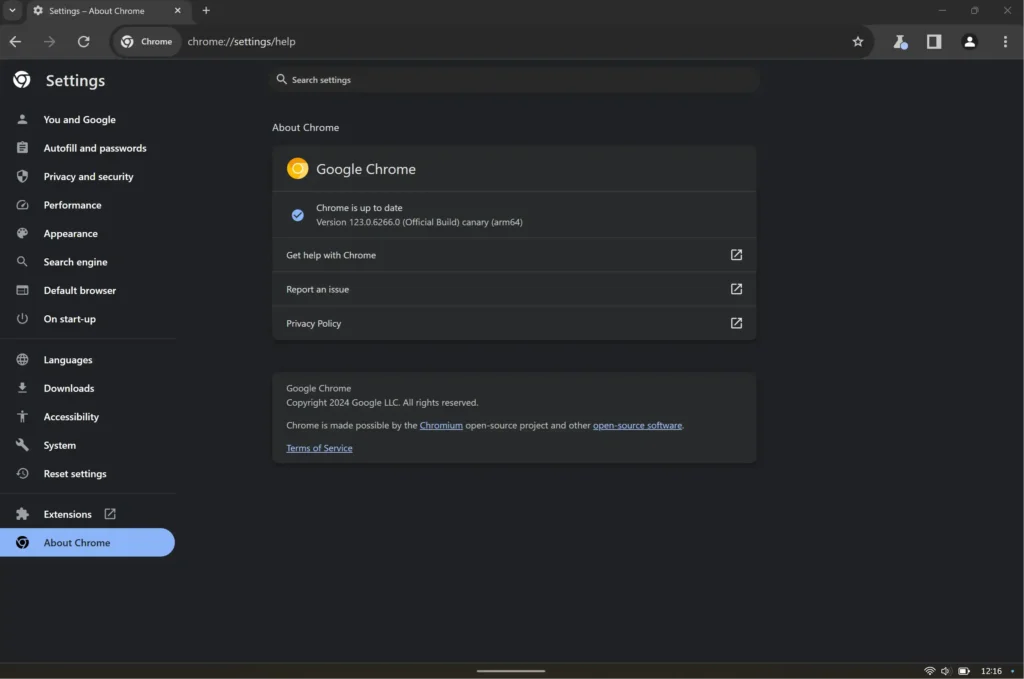Google introduces a native version of Chrome for Windows on Arm, catching the tech community off guard. Pedro Justo’s discovery of this development in Chrome Canary builds fuels speculation on Google’s plans for a stable release. This unexpected strategy shift aims to address performance disparities on Windows on Arm, signaling a significant moment for the future of computing. As Google aligns with Microsoft and Qualcomm, the collaboration could reshape the landscape of Windows on Arm, impacting performance and user experience.
Google has caught everyone off guard by unveiling a special version of its Chrome browser for Windows on Arm. This surprising move was spotted by keen-eyed Twitter user Pedro Justo during tests of the latest Chrome Canary builds on devices powered by Windows 11 Arm.
This unexpected announcement has left many wondering about Google’s plans for a stable release. The fact that Chrome Canary is now available for Windows on Arm signifies a major change in Google’s strategy, as they’ve never shown interest in supporting Windows on Arm before.
In comparison to Microsoft’s Edge browser, which has long supported Arm, Google’s move is a game-changer for Windows on Arm users. Until now, devices using Qualcomm’s Snapdragon chips had to run Chrome in a slower, emulated state. The difference between Edge’s smooth experience on Arm devices and Chrome’s performance issues on Windows on Arm is quite noticeable.

Read Also: Google Pixel Users Faces A New Mystery of Storage Woes
Google has a history of supporting Arm processors in its Chromebooks, optimized for Qualcomm’s chips. This recent extension of support to Windows on Arm is a significant step. Microsoft managed to release its own ARM64 version of Edge using Chromium but without Google’s Widevine DRM system.
Looking ahead, 2024 is being marked as a crucial year for Windows and laptops. Microsoft and Qualcomm are gearing up for a big push of Windows on Arm, thanks to Qualcomm’s new Snapdragon X Elite processors. These processors are claiming to outperform major competitors, and reports suggest that both Nvidia and AMD are planning to launch Arm PC chips by 2025.
Google joining this effort is a big deal. While Microsoft and Qualcomm prepare for the next phase of Windows on Arm, Google’s involvement could reshape the landscape. As the competition in the Arm processor space intensifies, collaboration between major players like Google, Microsoft, and Qualcomm could lead to a new era for Windows on Arm, impacting performance, user experience, and the future of computing.
Google’s surprising move to provide native support for Windows on Arm through Chrome is a significant development. This unexpected shift raises questions about Google’s plans and could have a profound impact on the performance of Windows on Arm devices. As tech giants align their strategies for the next era of computing, Google’s participation in the Windows on Arm ecosystem adds an exciting dimension to the evolving landscape.
Read Also: Your Google News Feed Overflowing with Garbage AI-Generated Content



